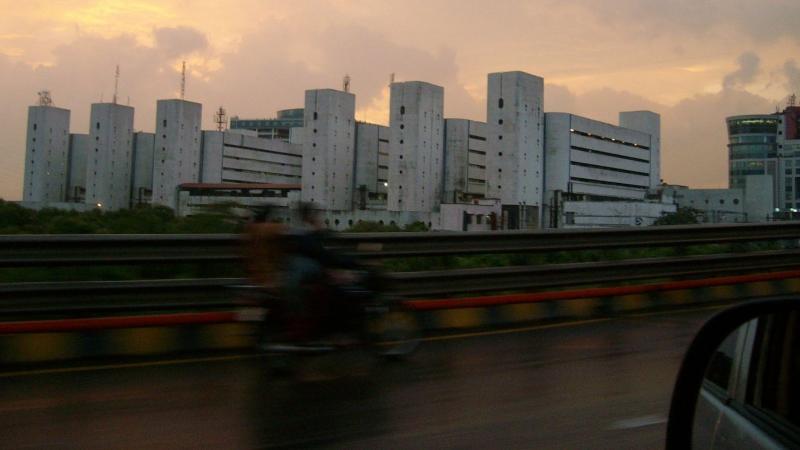
Satellite towns near Mumbai and Kolkata are ineffective in addressing the housing crisis, says study.
It is well documented that there is a dearth of affordable housing units in urban India. The real estate prices in cities like Mumbai and Kolkata have soared, forcing the middle-class to move to adjacent areas, in search of houses they can pay for. There is a growing consensus that development of ‘new towns’ like Navi Mumbai, adjacent to Mumbai, and Rajarhat near Kolkata can not only relieve parent city of infrastructure pressure but also address the housing crisis. But, how effective are these new towns in solving the problem of affordable housing? A study by researchers at the Indian Institute of Technology Bombay (IIT Bombay) reveals that the housing need of middle income households remains unaddressed in spite of various policies for housing provision, due to rising real estate market prices.
In cities like Mumbai, a majority of people live in slums and squatters lacking basic amenities. “The mushrooming number of informal settlements in Indian cities can be largely attributed to the rapid and unplanned urbanization, while subdued effort on part of the housing authorities to proactively device strategies to meet the housing demand of the city population”, says Prof. Arnab Jana from IIT Bombay, who led the study. The findings of the study, published in the journal Cities, pointed at the need for improved planning in satellite towns, if they are to become a viable solution to the housing problem.
What exactly is at the root of the urban housing crisis? One might attribute this to the gap in the demand for houses, aggravated by the migrants to cities, and their supply. However, the researchers found that this was only partly true. In fact, a sizable number of houses in cities remained unoccupied mostly because of the skewed supply strategies of private builders, who focused on building high-cost apartments, mainly catering to the higher income groups.
“Though there have been numerous governmental schemes to address the issue of housing, the impact has not been satisfactory. This is attributed to the real estate dynamics in the housing sector, leading to stocks remaining out of reach and even vacant in the cities,” says Prof. Jana. The middle-class remained the most affected because they are ineligible for most of the schemes from the government and houses built by the private builders are not affordable.
In the case of Navi Mumbai, one of the areas of the study, the City and Industrial Development Corporation of Maharashtra (CIDCO) is responsible for building affordable housing. It had estimated that Navi Mumbai would reach an estimated population of 2 million. However, the 2011 census showed that the population of the city was only 1.1 million. The case was similar in Rajarhat near Kolkata too. Hence, many housing units remained either unoccupied or with a scanty population. “The inability of the satellite towns to generate the strong economic pull has led to their apparent failure,” remarks Prof. Jana, adding that this could be the case for any other big city as well.
So what can really make these satellite towns a success? Planning holds the key, according to the researchers. A well planned city not only eases the process of urban development, but also mitigates the housing crisis. “Excessive focus on showcasing ‘urban’ in the form of concretisation, than creating suitable conditions for people to live, may create an imbalance in the urban system leading to phantom urbanization and creation of ghost cities”, say the researchers.
The researchers are however positive about the transformation satellite towns can bring. “If planned properly new towns hold enormous potential to bring down the gap in the demand and supply of housing and also to tackle the problem of urban informality in the long run,” remarks Prof. Jana. In fact, the researchers observed that there were some private builders focusing on affordable housing of late.
The researchers recommend that enforcing policies to control the speculative purchase of houses and land, designating new towns as potential sites for affordable housing, implementing sound public-private partnership models, and mandating a percentage of housing units at affordable prices in new development areas can go a long way in solving the housing crisis in our cities. This would then make our satellite cities a winning bet.






